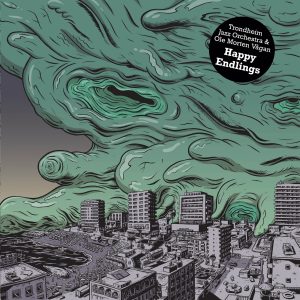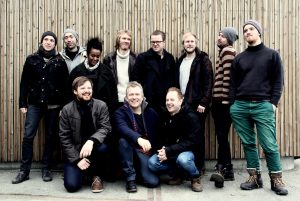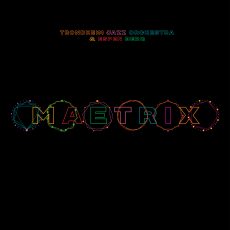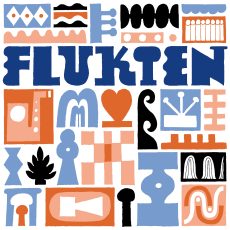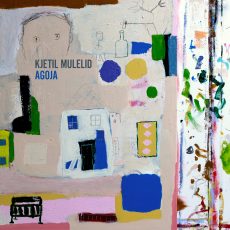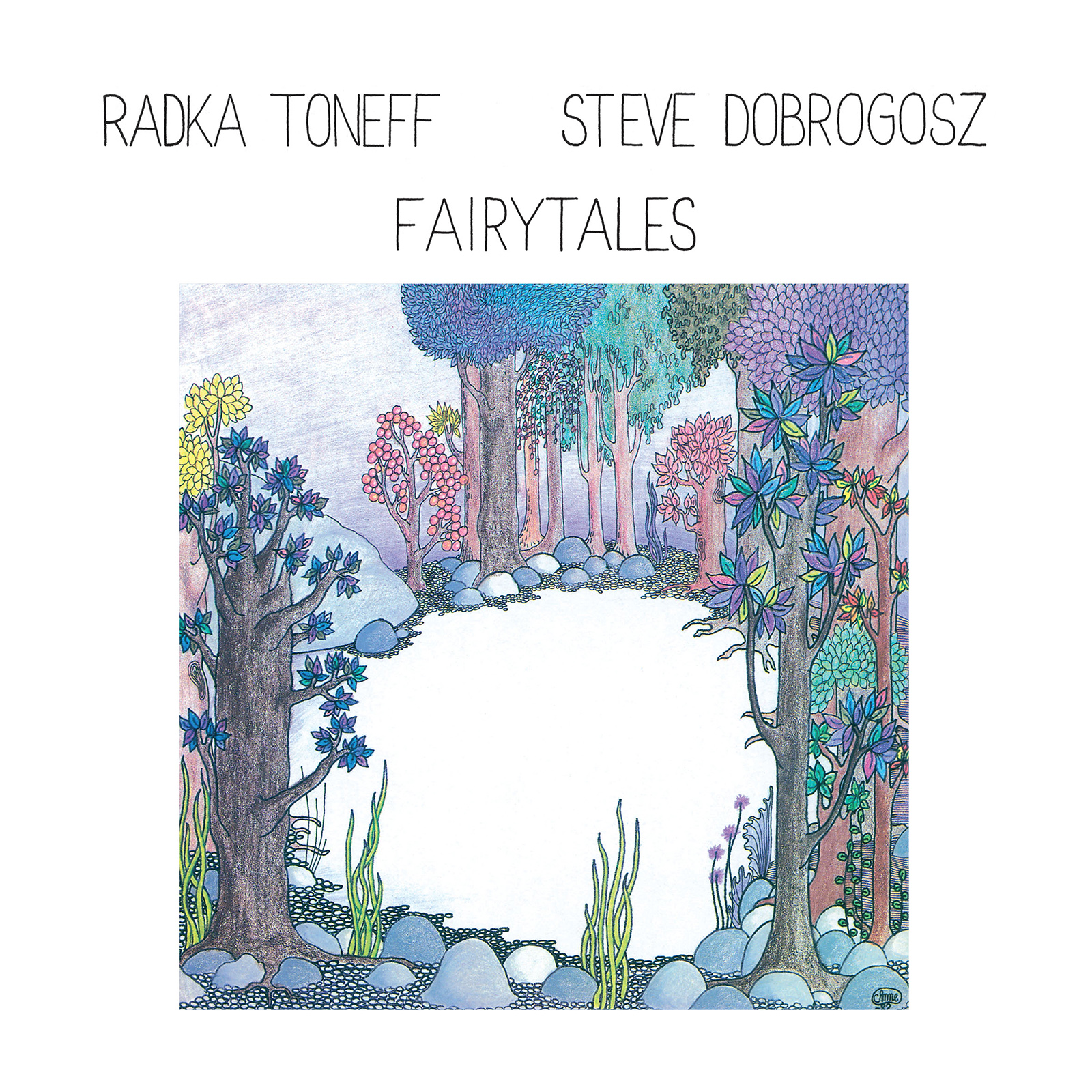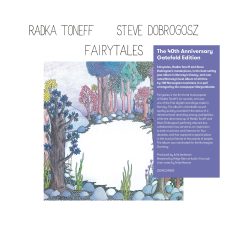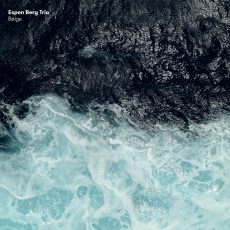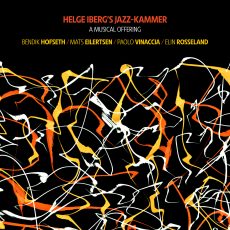It is widely believed that the digital age has reduced attention spans and fostered a general dumbing-down of culture. There is some evidence to support this view – but not in the jazz world. Jazz audiences are still hungry for adventurous, long-form albums, as was recently demonstrated by the acclaim which greeted London-based Binker & Moses’ double album Journey To The Mountain Of Forever, among several other wide-scale releases.
Trondheim Jazz Orchestra
Founded in 2000 Trondheim Jazz Orchestra (TJO) is based in the city of Trondheim, where it is curated by the Mid-Norway Centre of Jazz (MNJ). The orchestra’s personnel changes from project to project and is drawn from a collective pool comprising some of Norway’s most singular musicians. It has worked with a diverse roster of Norwegian and international guest stars including Chick Corea, Eirik Hegdal, Jenny Hval, Sofia Jernberg, Maria Kannegaard, Kristoffer Lo, Pat Metheny, Kim Myhr, Marius Neset, Joshua Redman, Erlend Skomsvoll, Ståle Storløkken and Stian Westerhus.
Happy Endlings is TJO’s twentieth album. Artistic director of the project is Ole Morten Vågan, who composed the material, plays bass on the album and who co-produced it with MNJ’s Martin Taxt. Vågan’s connection with TJO is longstanding – he played on the albums We Are (2005), Wood And Water (2008) and What If? (2009). He is best known for his genre-bending, Frank Zappa-informed quintet, Motif.
Happy Endlings
Happy Endlings is, in a way, Motif’s modernistic but tradition-savvy music dialled up on a bigger canvas – a canvas that resonates with the vast, apocalyptic images of the nineteenth century English Romantic painter John Martin, particularly works such as The Last Man, Sadak in Search of the Waters of Oblivion and The Destruction of the Pharoah’s Host.
“As we dance in a conga line down a path of enlightened ignorance,” says Vågan, “it’s obvious that most people are aware of the doom just ahead of us. But we seem totally unable to deal with the threat – it’s like we’re waiting for the grownups to come and sort it all out. The title of the album plays both on the idea of a cataclysmic ragnarök [in Norse mythology, a great battle], or a towering darkness waiting round the next corner, and the concept of the Endling, which we are experiencing throughout nature at this very moment and which gives that extra sense of end time.”
The word “endling” was coined in the 1990s by an American physician called Robert Webster to describe a patient who told him she was the only surviving member of her family. Vågan has borrowed it to signpost a near-future existential crisis for humankind.
Flu Hartberg’s striking sleeve-art visualises the idea, giving corporeal form to Vågan’s Endlings and suggesting they might be humankind – or that humankind might be the Endlings.
Unlike John Martin’s paintings, Happy Endlings is nuanced and open ended. “I don’t want to be too preachy,” says Vågan. “There´s also admiration of human culture in this music. We´re capable of so much beauty, in art and in all forms of creativity. That´s where the idea of a party to end all parties comes in, which you might hear in the track ‘Disco Dreams.’ It´s not like there´s no hope. It’s just that every time we do something good, we elect a tangerine psychopath the next day or someone decides to showcase their new Doomsday Machine.”
As with the best creative artefacts in any medium, to enjoy Happy Endlings does not require pre-knowledge of Vågan’s concept. The music stands on its own and Vågan stresses that it is open to personal interpretation. And what a feast of music it is. Every listener will find their own references, in a many splendored arc which stretches from Zappa through John Coltrane’s Africa/Brass and on to the more urgent passages in Leonard Bernstein’s score for West Side Story. If you are familiar with Todd Matshikiza’s 1959 South African jazz opera King Kong, you might hear echoes of that along the way too. Vågan himself acknowledges sources as diverse as the politically infused freedom-jazz of the 1960s, György Ligeti´s aggressive musical response to World War 11, the Art Ensemble of Chicago, the whisper-singing tradition in Central Africa’s Burundi, and the work of Carla Bley, Charlie Haden and Django Bates, who have each recorded with boundary-busting, large-scale line-ups.
“We were intent on avoiding a specific genre,” says Vågan. “We wanted to keep it open and let the music express itself in whatever direction was natural – to sound like all of these influences came together for one, last big party.”
Enjoy it. While you can.










